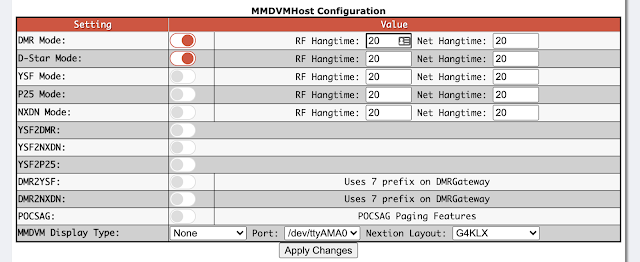Keeping the clock accurate on MacOS
FT8 and similar modes require the PC clock (Windows, MacOS, Pi, etc) to be accurate within 2 seconds - and ideally better than that. I have found that Windows 10 and Raspberry Pi seem to be capable of doing this themselves without further intervention, but my MacOS clock can drift out by a few seconds. The solution is to periodically synchronise the clock to an NTP server, via a scheduled cron job. These instructions worked for me: Set the time on an Apple Mac running macOS Mojave for FT8/WSPR | QSO365 ...except that the first part of the instructions required a "sudo" in front of the command: sudo sntp -sS pool.ntp.org

